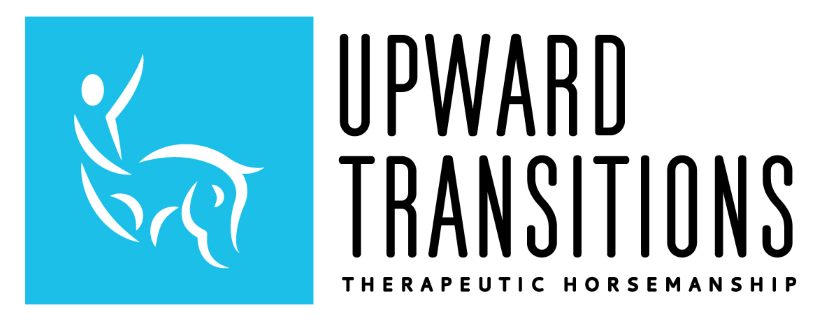Benefits of Equine Therapeutic Horsemanship
In riding a horse we borrow freedom.
Helen Thomson
First used in Greece in the 5th century to rehab wounded soldiers, horseback riding or equine therapy has grown over the decades and spread across the ocean to the Americas. During World War I it was used again to treat wounded soldiers. From soldiers to modern day Olympians, the therapy eventually came to the US in 1969 where it is still used for Wounded Warriors, as well as children and adults with challenges. There are over 600 accredited therapeutic horsemanship centers in the US today.
Benefits are far-reaching and encompass have physical, mental, and emotional impacts, including, but not limited to:
- Physical
- Better Balance
- Increased Muscle Strength and Tone
- Physical Endurance
- Improved Range of Motion
- Better Circulation
- Improved Respiration
- Sensorimotor Integration
- Psychological
- Confidence
- Concentration and Attention Span
- Motivation
- Social Skills
- Emotional
- Human-animal Bonding
- Improvements in empathy, compassion, and caretaking skills
- Improved inter-personal relationships
- Better emotional regulation
